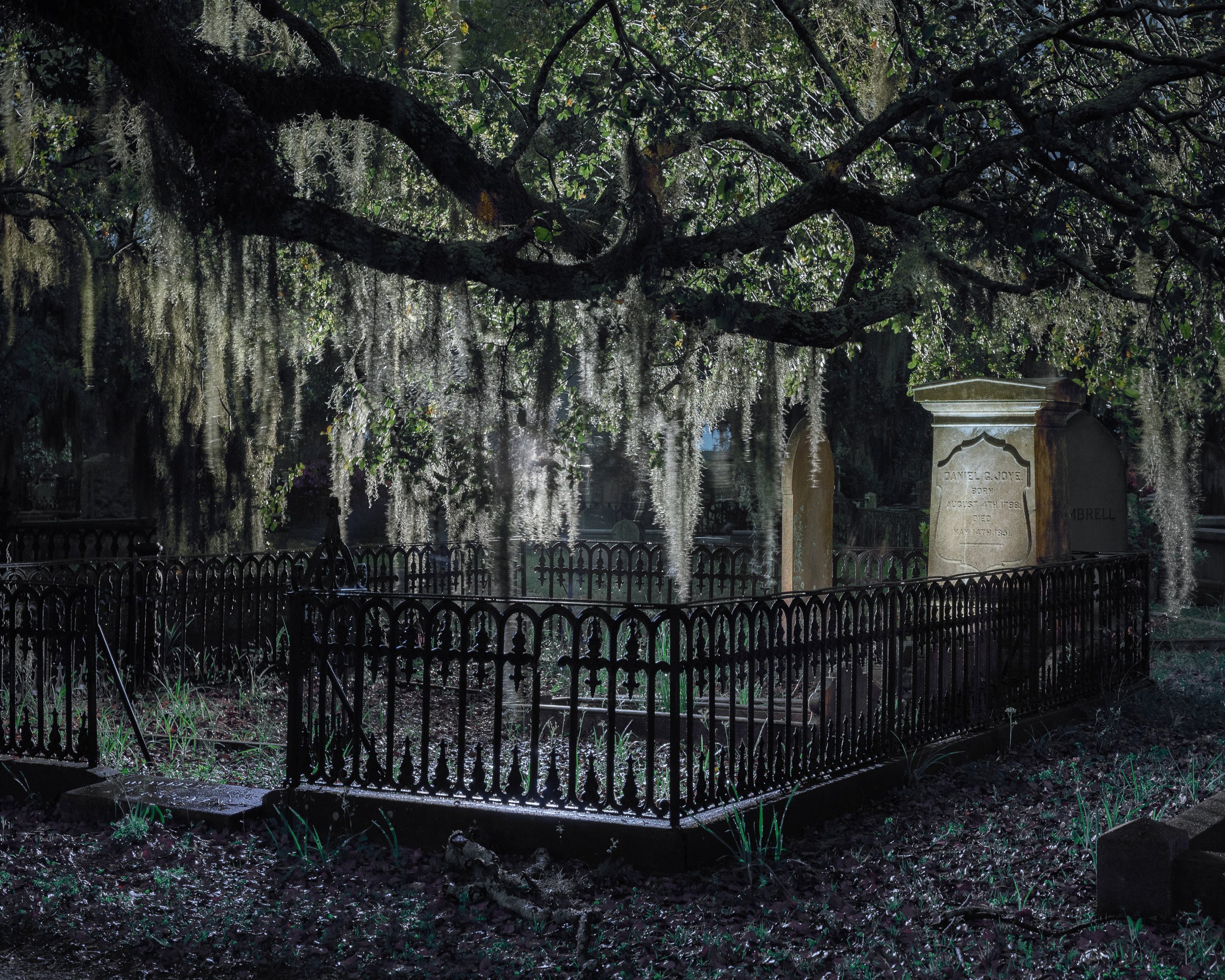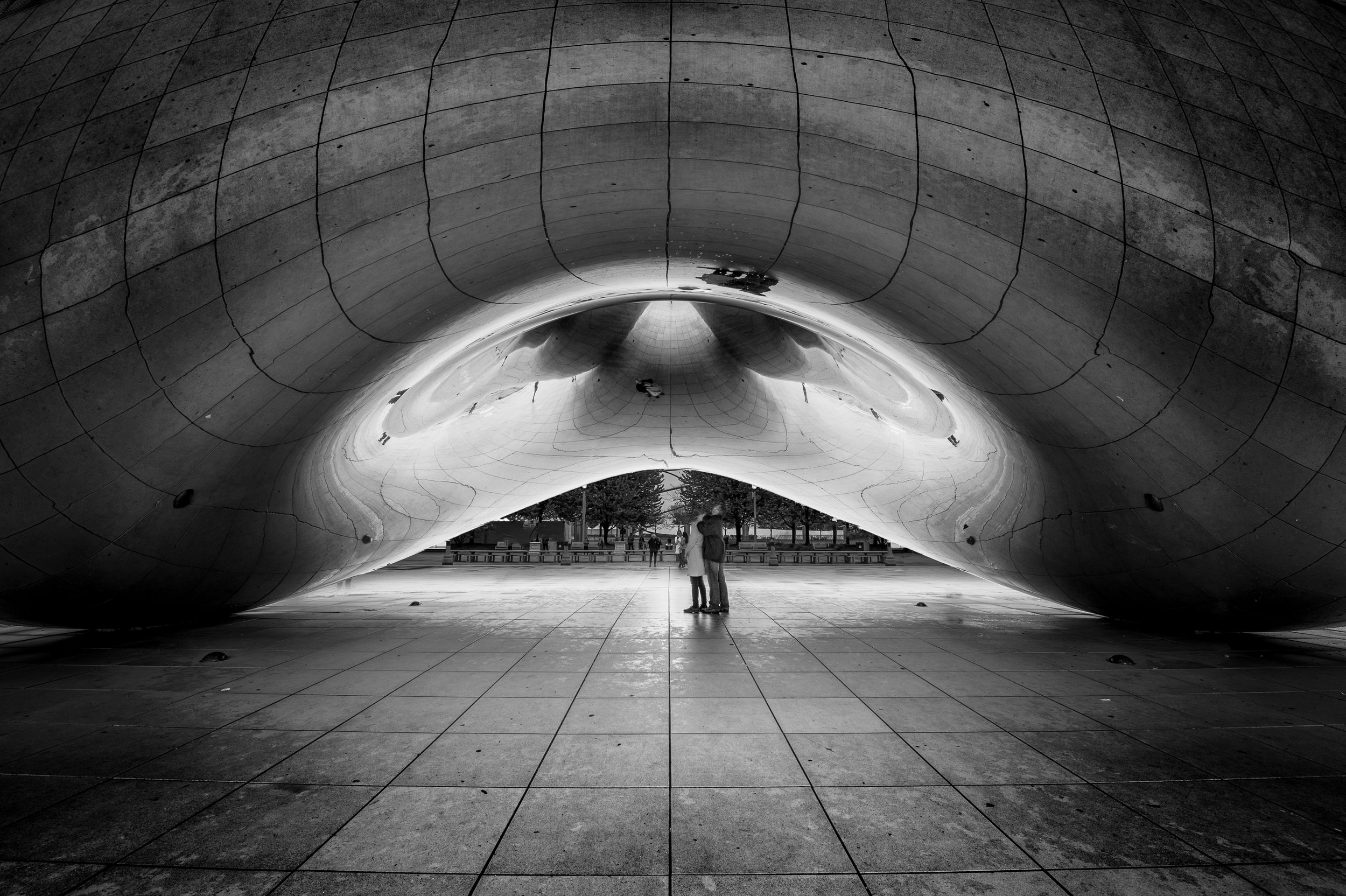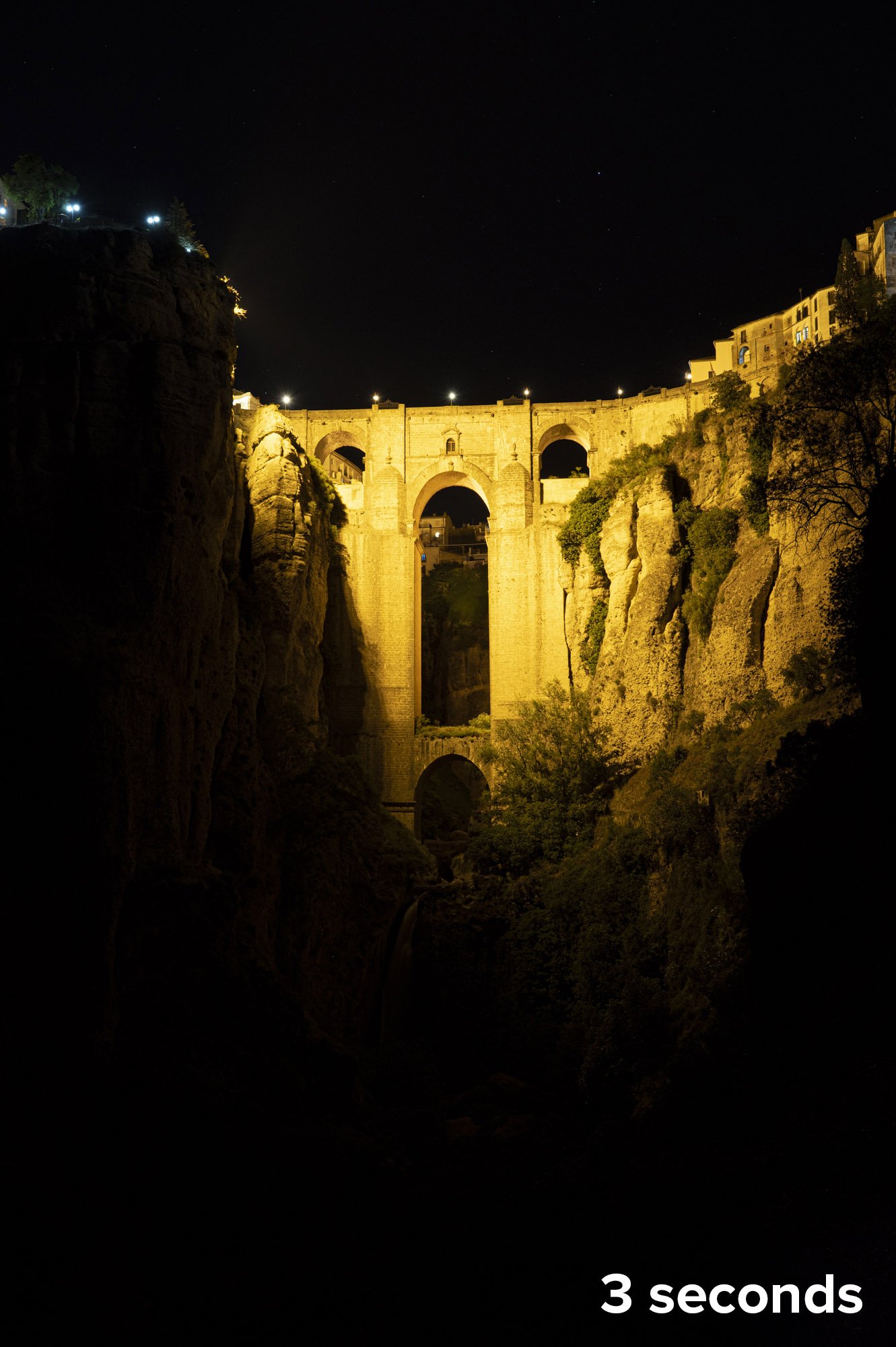Back in February we announced that we acquired the Nightscaper Photo Conference. We were beyond excited, but a few months later we were beyond disappointed to have to postpone the 2022 event.
Now, however, we are back to the positive end of that excitement spectrum, as we get to announce the 2023 Nightscaper Photo Conference!
If you’re making plans for your 2023 spring Milky Way season, then include our conference in your schedule and level up your astro-landscape night photography skills. The 2023 conference will be held in the heart of the new moon week, May 18-21.
You’ll join other passionate photographers, scientists and inspirational speakers in Kanab, Utah. The daytime conference leaves plenty of room for going out at night with speakers, as well as with friends new and old. Several speakers will also be offering local workshops before and after the conference, so you can put together a pretty awesome night photography experience in one of the best places in the world for doing so.
The Nightscaper conference goes on for 4 days, starting each day in late morning to accommodate those who were out shooting the night before. Daily lunches are included, as well as one dinner.
Kanab, Utah. © 2022 Lance Keimig. Nikon D780 with a with a Tamron 15-30mm f/2.8 lens at 24mm. Stiched pano, frames shot at 15 seconds, f/3.2, ISO 12800.
Tickets
Tickets are on sale now. We are offering Conference (in-person) + Replays tickets for those who can travel or Replays-only for those who cannot travel but still want all that education and inspiration. Right now both are offered as limited-time Early Bird tickets, so grab yours at a discounted rate while you can!
Speakers
The current speaker lineup includes:
Mike Shaw
Jess Santos
Joshua Snow
Bettymaya Foott
Dr. Kah-Wai Lin
MaryBeth Niczenski
Forest Chaput de Sanintonge
Aaron King
Dr. Bryony Richards
Dan Zafra
Kristine Richer
Erik Kuna
Paul Zizka
Adam Woodworth
our team from National Parks at Night
and more speakers to be announced in the coming months
Over the 4 days the speakers will present more than 40 1-hour classes and four discussion panels. There will be plenty of time and space to network with the speakers and other attendees.
Follow Us for News
More information is coming, so stay tuned by following us on the Nightscaper Conference social media accounts:
Also, be sure to sign up for the email list to receive all conference updates right in your inbox.
Finally, join the Facebook group to share your night photos and to chat all things night photography.
Action Time
Now is the perfect time to register for the Nightscaper Conference. Save money by signing up for an Early Bird ticket.
We look forward to seeing you in Kanab next year!
Register today at nightscaper.com.



















